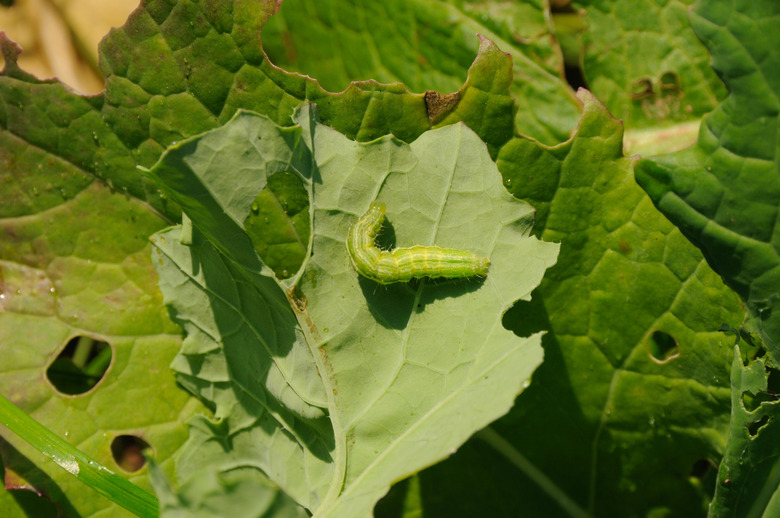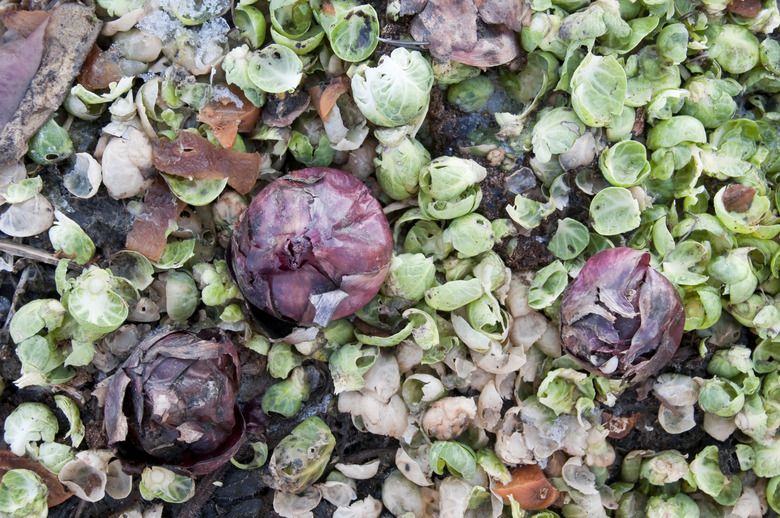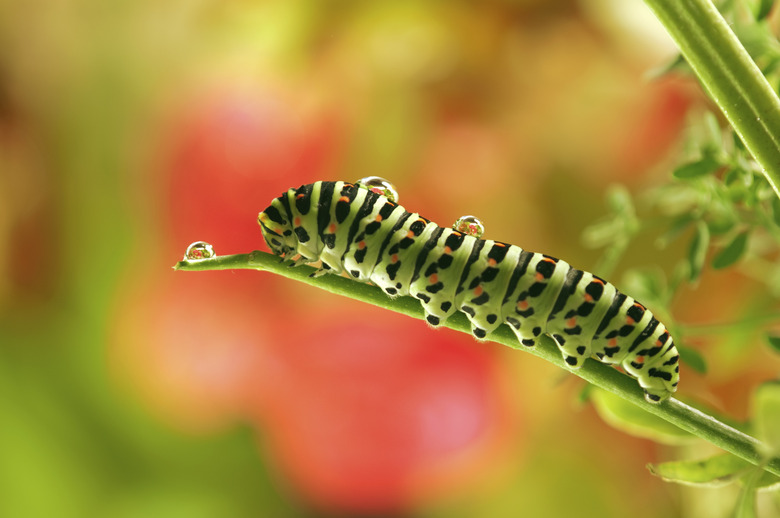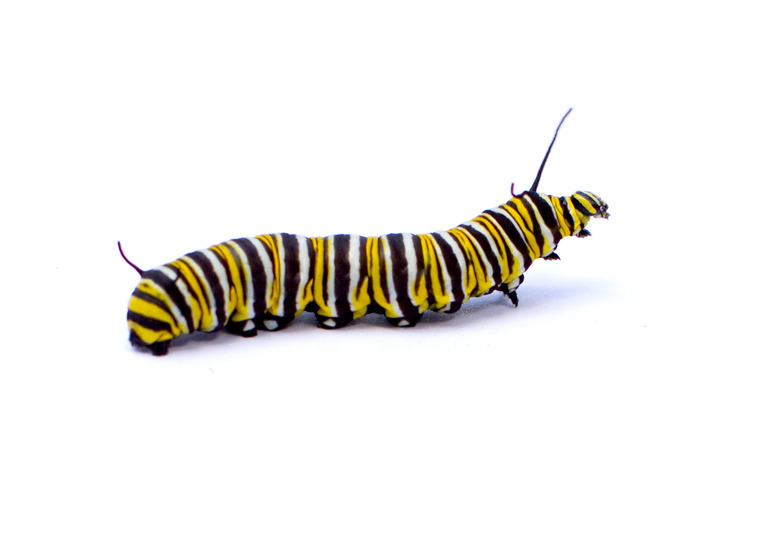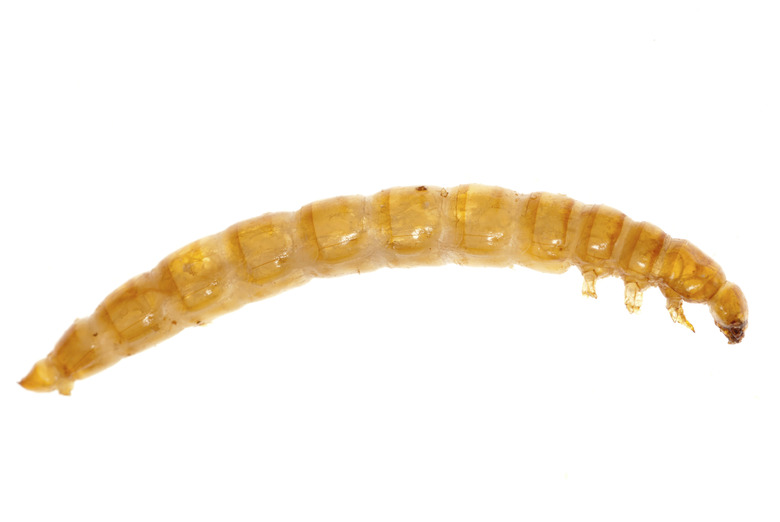A List Of Insects That Destroy Crops
Many of the crops grown in North America have a plethora of pests with the capability of wiping out entire yields. Some of the nation's most important crops are at risk both in the field and in storage. Unfortunately, most of these crop pests can only be controlled by environmentally unfriendly pesticides.
Onions
Thrips tabaci, also known as onion thrips, thunderflies, and trips de la cebolla, are the greatest pest threat to onions worldwide. These very small insects feed on the young, developing leaves of the onion. Their feeding damages the leaf to the point that it becomes dehydrated and can no longer photosynthesize adequately thus stunting the onion bulb growth. Thrips are also a threat to tomatoes, beans, cucumbers, cabbage, celery, and cotton.
- Many of the crops grown in North America have a plethora of pests with the capability of wiping out entire yields.
- Thrips tabaci, also known as onion thrips, thunderflies, and trips de la cebolla, are the greatest pest threat to onions worldwide.
Alfalfa
The Colias eurytheme, or alfalfa caterpillar, comes from the eggs of white to yellowish butterflies which are laid on the alfalfa while it is young. Their green and velvety caterpillar offspring flourish in hot, dry conditions that already make alfalfa growth difficult. These caterpillars are voracious eaters and consume the entire alfalfa leaf.
Corn
The European corn borer, more commonly called ECB, is a pinkish-white caterpillar born from the eggs of the brownish ECB moth. The ECB dine on corn—and 300 other vegetable and plant varieties—while in the moth stage. When the caterpillars hatch, they begin to feed on the corn leaves and then, as they get bigger, bore into the corn stock . There are typically two generations of moths and caterpillars each year, and the second generation does the most damage because the plants are weakened by the first generation and cannot tolerate the second onslaught.
- The Colias eurytheme, or alfalfa caterpillar, comes from the eggs of white to yellowish butterflies which are laid on the alfalfa while it is young.
Grains
Rice or granary weevils (Sitophilus oryzae) are just one of four major pests of stored grains; the other three are confused flour beetles, Angoumois grain moths, and lesser grain borers. These weevils are very small and chew into the grains for nourishment and to lay up to 400 eggs which become larvae that eat their way out of the remaining kernel. Although they primarily destroy crops that have been harvested and are in storage, they also infest crops while they are still in the field including rice, corn, wheat, barley, oats and sorghum.
